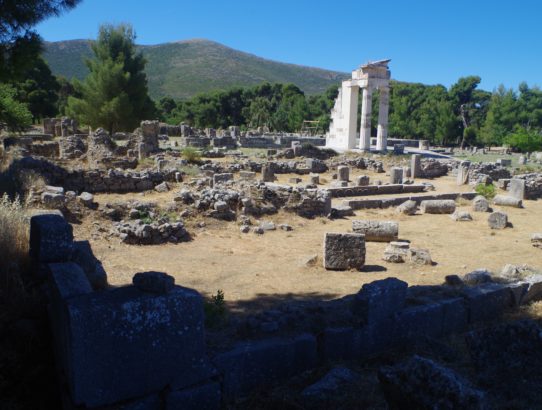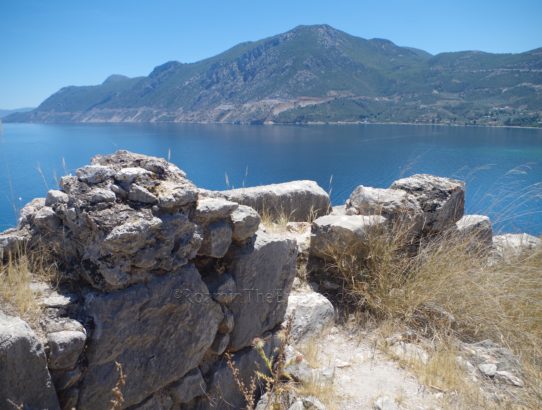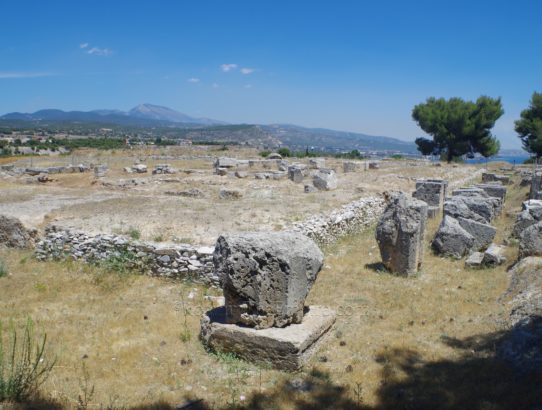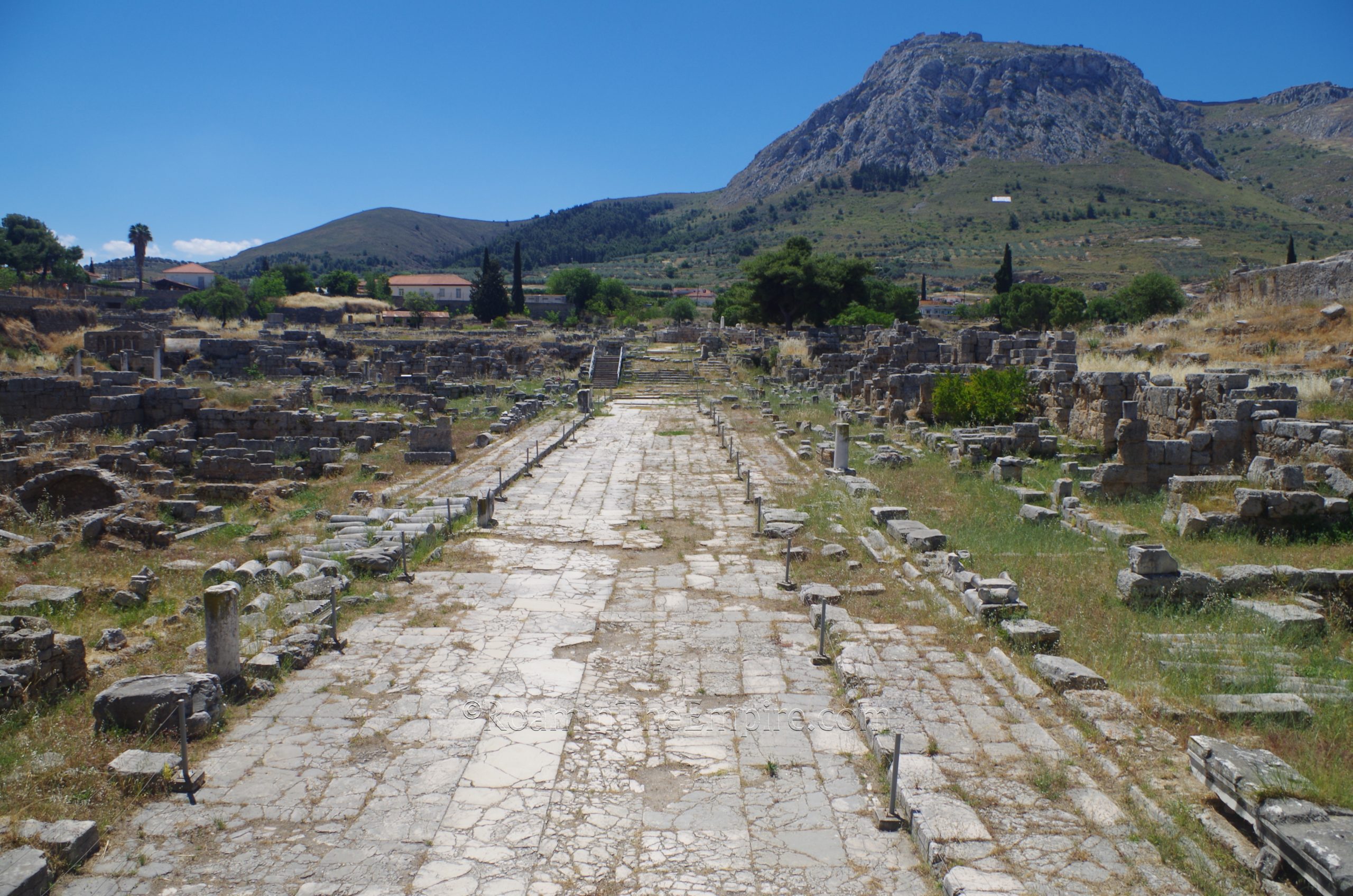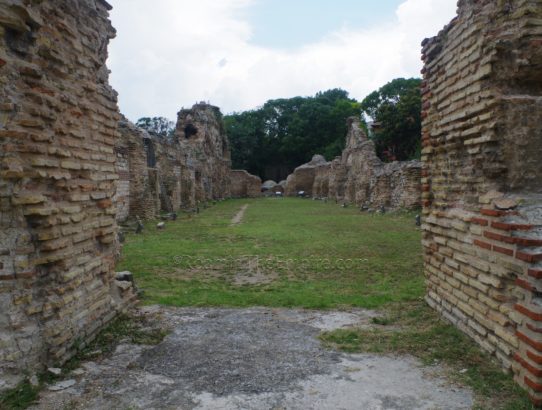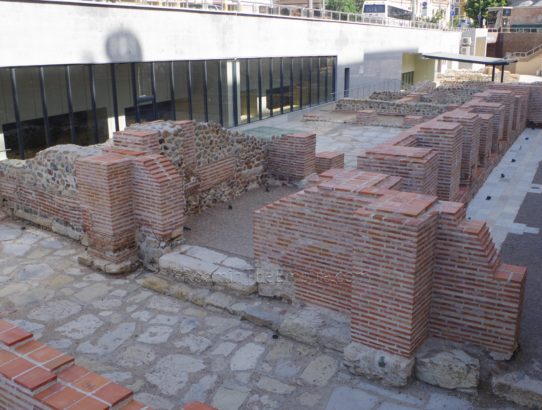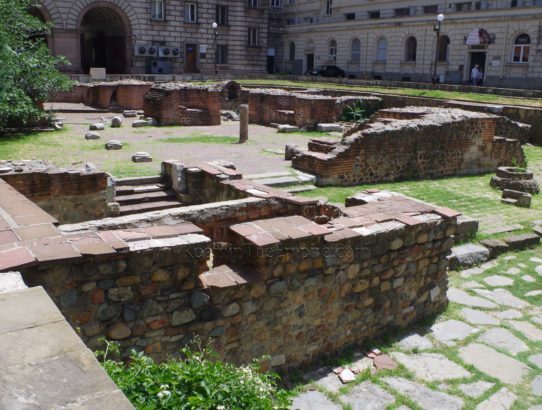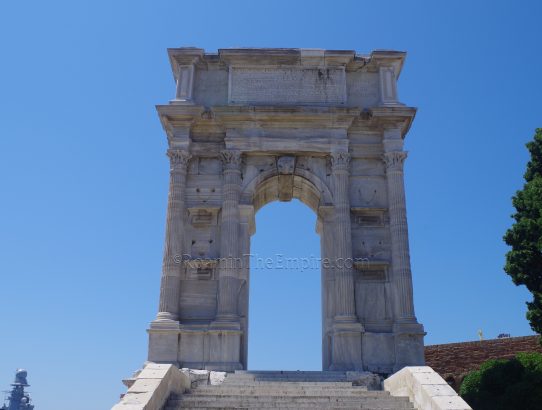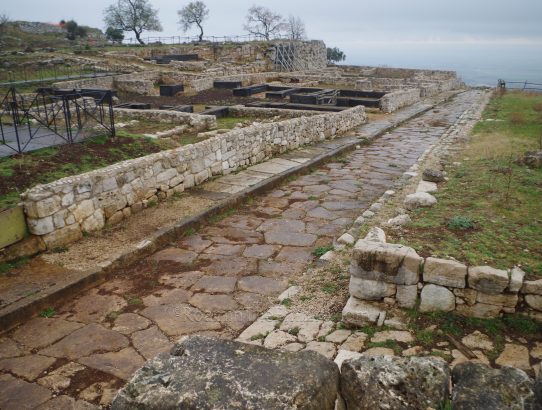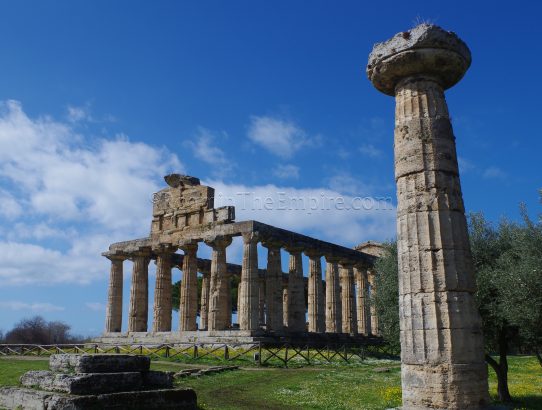Sanctuary of Asclepius, Achaea – Part II
Continued From Sanctuary of Asclepius Part I Heading west from the Katagogion, one comes to the southern area of the actual sanctuary. The southernmost of these buildings is the Greek baths. These were constructed around 300 BCE and were fed from a spring on Mount Kynortion. The baths likely served a religious purpose in providing…
Read More


